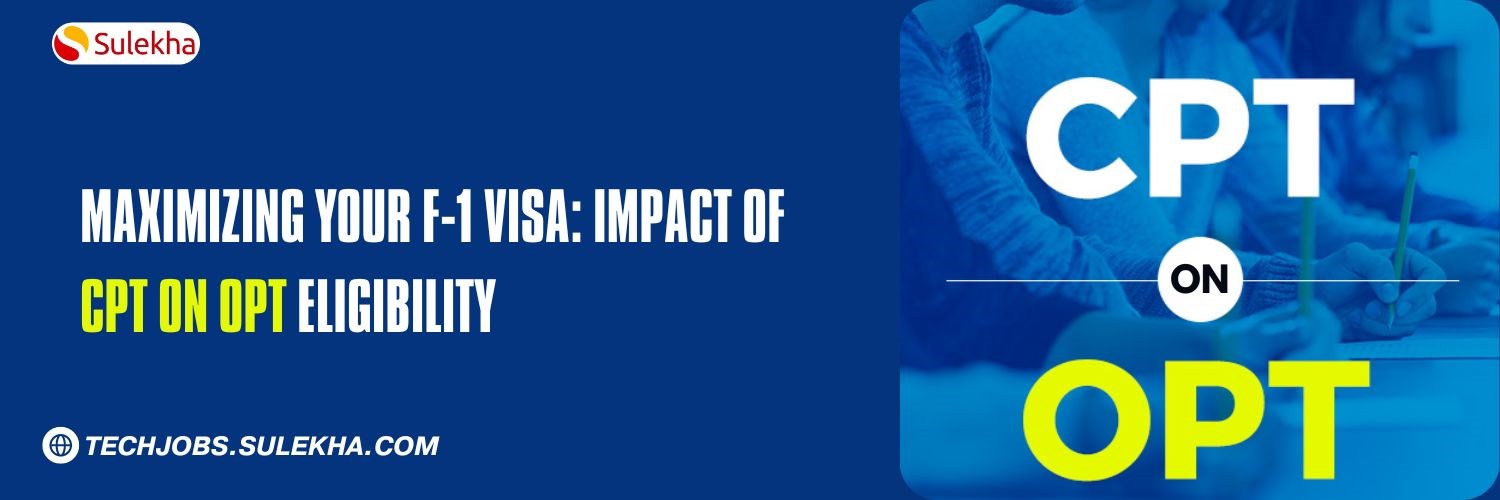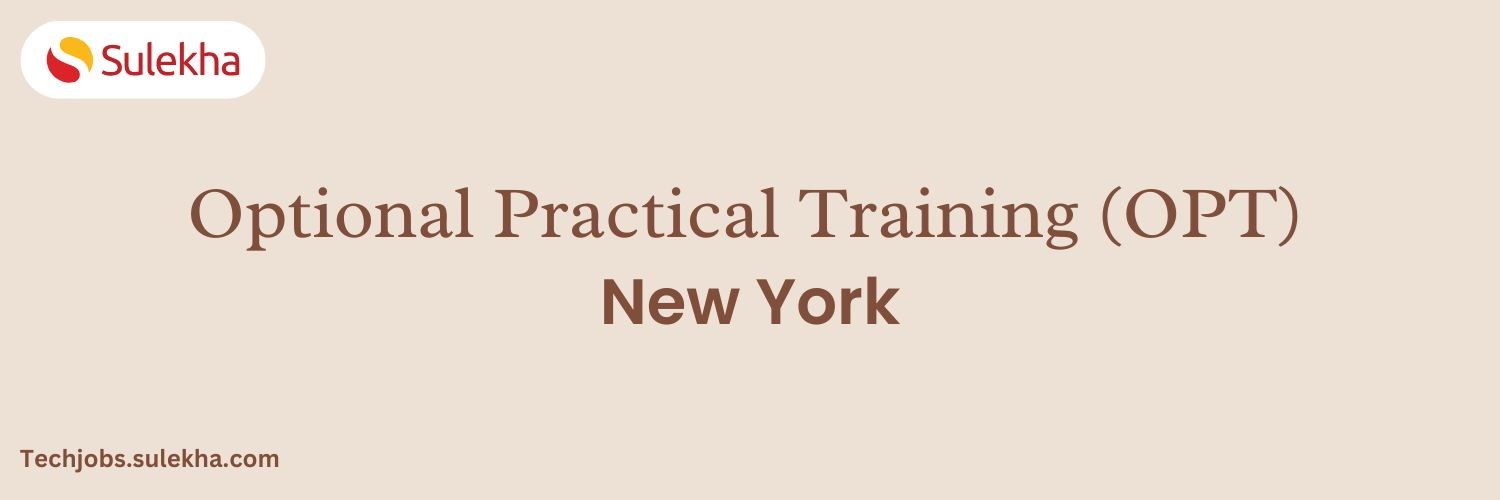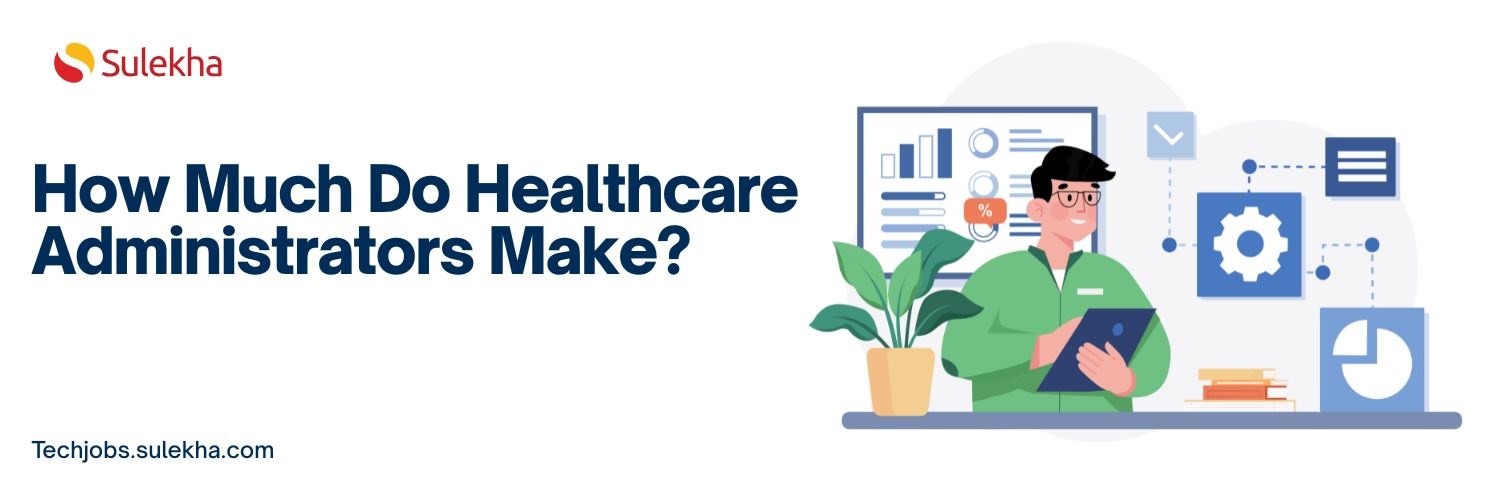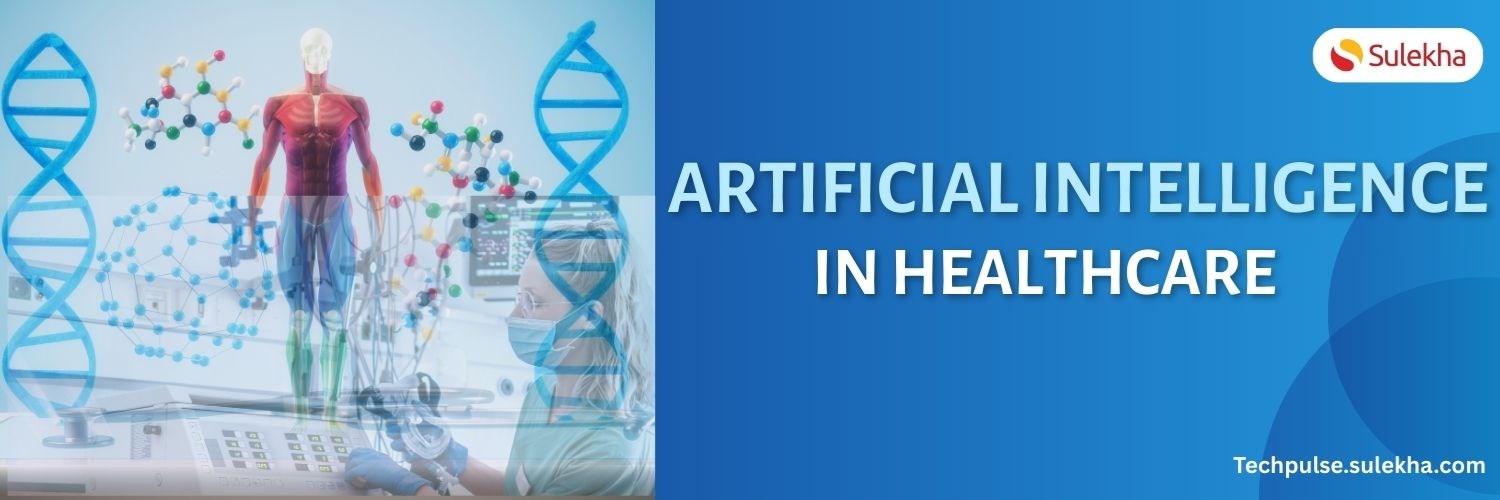
Are you an international student pursuing studies in the United States on an F-1 visa? Understanding the nuances of Curricular Practical Training (CPT) and optional Practical Training (OPT) and aligning your course selection with your degree plan is crucial for a successful academic and professional journey. In this comprehensive guide, we'll delve into the significance of compliance with F-1 standards, the impact of course selection on CPT eligibility, and how to optimize your path toward post-graduation employment opportunities.
Compliance with F-1 Visa Standards: A Cornerstone of Success
As an F-1 visa holder, adhering to regulatory standards to maintain legal status and take advantage of practical training and employment opportunities in the United States is crucial. One key compliance aspect is registering for courses that align with your degree plan. This ensures that your course selection aligns with your academic goals, meets visa requirements, enriches your educational experience, and prepares you for future career opportunities.
Understanding Curricular Practical Training (CPT)
CPT is the go-to for international students who want to get real-world experience in their field while they're still hitting the books. Unlike OPT, which usually comes after graduation, CPT lets students work in jobs directly related to what they're studying while still in school. The big difference is that CPT is all about tying in with the school's curriculum, making it a crucial part of the learning experience.
To be eligible for CPT, students must fulfill the requirements of the United States Citizenship and Immigration Services (USCIS). This includes having employment that is an essential component of their academic program, directly contributing to their academic goals and program requirements. Additionally, students must receive approval from their designated school official (DSO) before starting any CPT activities, which entails submitting required documents and following specified timelines to ensure compliance with regulations.
Optimizing CPT Compliance for F-1 Students
Following CPT regulations is crucial for F-1 students to avoid risking their visa status. One key aspect of compliance is ensuring that the courses they enroll in align with CPT-eligible employment. According to USCIS guidelines, students must be enrolled in courses that require practical training to qualify for CPT. If they deviate from their academic plan by enrolling in unrelated courses, they may become non-compliant with F-1 standards, impacting their CPT eligibility.
Furthermore, the duration and intensity of CPT employment affirm careful consideration to ensure adherence to regulatory guidelines. While there isn't a stipulated limit on the duration of CPT explicitly outlined in the regulations, USCIS closely scrutinizes instances of prolonged full-time CPT engagement. Students engaging in CPT full-time for 12 months or more may encounter challenges regarding their eligibility for OPT. Therefore, CPT opportunities are essential to avoid inadvertently compromising prospects for practical training post-graduation.
Understanding Curricular Practical Training (CPT) Eligibility
Curricular Practical Training (CPT) allows F-1 students to gain practical experience in their field through authorized employment. However, eligibility for CPT depends on integrating practical training with the student's curriculum. The courses taken for CPT eligibility must directly contribute to the student's academic program and align with their degree plan. If students deviate from the prescribed curriculum by taking unrelated courses, they may become non-compliant with F-1 standards, affecting their eligibility for CPT and future employment opportunities.
Optimizing Course Selection for CPT and OPT Eligibility
Strategic course selection is pivotal in maximizing your eligibility for practical training programs like CPT and Optional Practical Training (OPT). Enrolling in courses that align with your degree plan and academic objectives will fulfill visa requirements and enhance your post-graduation employment prospects. Consultation with academic advisors and designated school officials (DSOs) can provide valuable insights into course selection strategies that optimize your eligibility for CPT and lay the foundation for successful career advancement.
Navigating the Transition to Optional Practical Training (OPT)
As you near the end of your academic program, the shift to Optional Practical Training (OPT) becomes more important. OPT allows F-1 students to gain practical work experience in their field after graduation. However, eligibility for OPT depends on meeting regulatory standards and completing CPT hours. By carefully following visa requirements, including aligning your courses with your degree plan, you can prepare for a smooth transition to OPT and access professional growth opportunities.
Conclusion
In conclusion, navigating F-1 visa compliance and optimizing your eligibility for practical training programs like CPT and OPT require a thorough understanding of regulatory standards and strategic course selection. By aligning your course selection with your degree plan, seeking guidance from academic advisors and designated school officials, and proactively managing your academic and professional pursuits, you can maximize your opportunities for success in the United States as an international student. Stay informed, stay compliant, and seize every chance to thrive in your educational journey
Choose a training provider to learn IT courses
Java training | J2EE training | J2EE Jboss training | Apache JMeter trainingTake the next step towards your professional goals in Information Technology
Don't hesitate to talk with our course advisor right now
Receive a call
Contact NowMake a call
+1-732-338-7323Related blogs on General to learn more

Valuable real-world experience and career opportunities in U.S.
Gaining real-world experience in the United States can be incredibly valuable for your career. It is important to obtain practical experience while studying or working in the United States. Pursuing career opportunities in the United States can signi

Steps to be taken when Optional Practical Training (OPT) comes to an end
OPT means Optional Practical Training especially for those students who are enrolled or about to complete their degree in the United States of America and can work either during their vacation or leave term or even after completion of their course an

Optional Practical Training (OPT) is employment provided by Sponsors
OPT means Optional Practical Training especially for those students who are enrolled or about to complete their degree in the United States of America and can work either during their vacation or leave term or even after completion of their course an

Optional Practical Training (OPT) for students to experience their learning practically
What do you mean by OPT?Optional Practical Training (OPT) can indeed be a critical step towards building your professional career in the United States.

Optional Practical Training (OPT), the next step towards your profession
What do you mean by OPT?Optional Practical Training (OPT) can indeed be a critical step towards building your professional career in the United States.

90 Day limitation on unemployment during OPT
What do you mean by OPT?OPT means Optional Practical Training especially for those students who are enrolled or about to complete their degree in the United States of America and can work either during their vacation or leave term or even after compl

Mandatory Online Tutorial before applying for OPT
What are the mandatory online tutorial before applying for OPT?Many universities require students to complete a mandatory online tutorial before applying for OPT. This tutorial typically covers important information about the OPT application process,

Opportunity for F-1 Students to gain valuable work
What do you mean by F-1 students?F-1 students are international students who come to the United States to pursue academic studies or language training programs at accredited U.S. colleges, universities, or other educational institutions.

Optional Practical Training (OPT) - Texas
Explore OPT in Texas, covering application timelines, work requirements, and key details on STEM extensions and travel considerations for F-1 students.

Optional Practical Training (OPT) - New York
Learn about Optional Practical Training (OPT) in New York, including eligibility, application process, duration, and key reporting requirements for F-1 students.
Latest blogs on technology to explore

Understanding Artificial Intelligence: Hype, Reality, and the Road Ahead
Explore the reality of Artificial Intelligence (AI) — its impact, how it works, and its potential risks. Understand AI's benefits, challenges, and how to navigate its role in shaping industries and everyday life with expert training programs

How Much Do Healthcare Administrators Make?
Discover how much healthcare administrators make, the importance of healthcare, career opportunities, and potential job roles. Learn about salary ranges, career growth, and training programs with Sulekha to kickstart your healthcare administration jo

How to Gain the High-Income Skills Employers Are Looking For?
Discover top high-income skills like software development, data analysis, AI, and project management that employers seek. Learn key skills and growth opportunities to boost your career.

What Companies Expect from Product Managers in 2025: Skills, Tools, and Trends
Explore what companies expect from Product Managers in 2025, including essential skills, tools, certifications, and salary trends. Learn how to stay ahead in a rapidly evolving, tech-driven product management landscape.

Breaking Into AI Engineering: Skills, Salaries, and Demand in the US
Discover how to break into AI engineering with insights on essential skills, salary expectations, and rising demand in the US. Learn about career paths, certifications, and how to succeed in one of tech’s fastest-growing fields.

Cybersecurity Training: Powering Digital Defense
Explore top cybersecurity training programs in the USA to meet rising demand in digital defense. Learn about certifications, salaries, and career opportunities in this high-growth field.

Why Pursue Data Science Training?
Empower your career in a data-driven world. Learn why data science training is crucial for high-demand jobs, informed decisions, and staying ahead with essential skills.

What Does a Cybersecurity Analyst Do? 2025
Discover the vital role of a Cybersecurity Analyst in 2025, protecting organizations from evolving cyber threats through monitoring, threat assessment, and incident response. Learn about career paths, key skills, certifications, and why now is the be

Artificial intelligence in healthcare: Medical and Diagnosis field
Artificial intelligence in healthcare: Medical and Diagnosis field

iOS 18.5 Is Here: 7 Reasons You Should Update Right Now
In this blog, we shall discuss Apple releases iOS 18.5 with new features and bug fixes